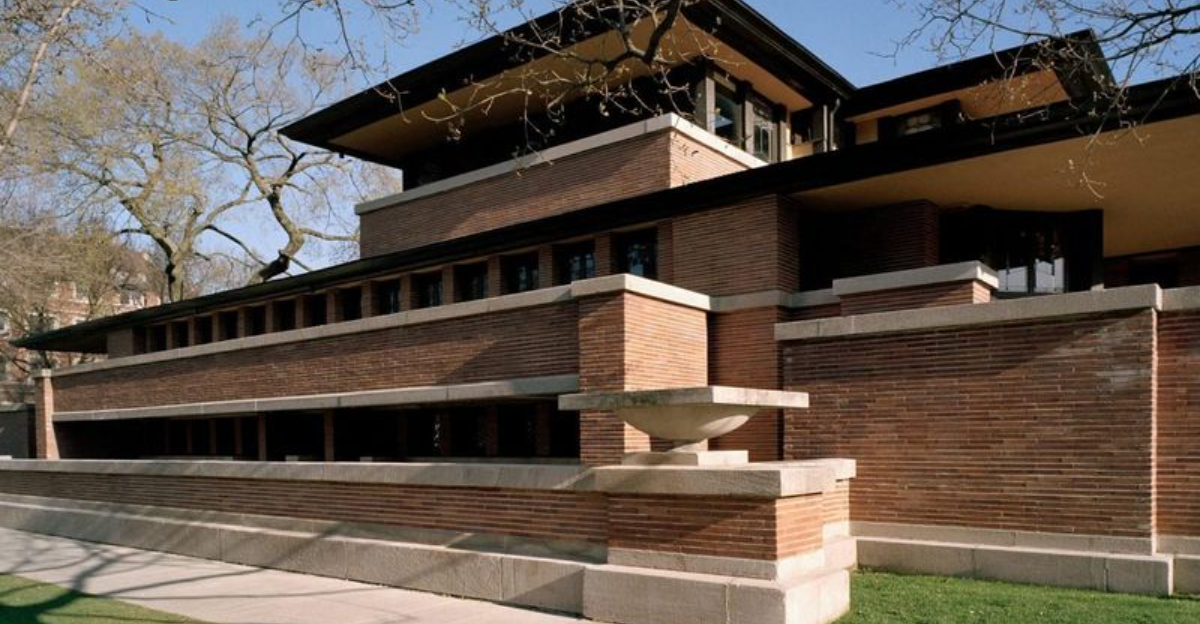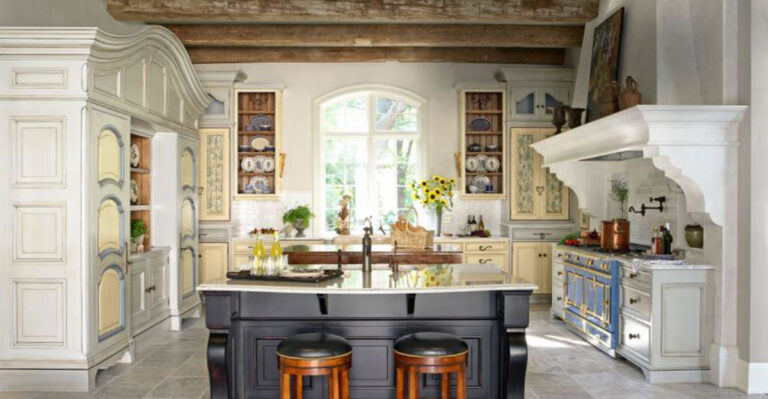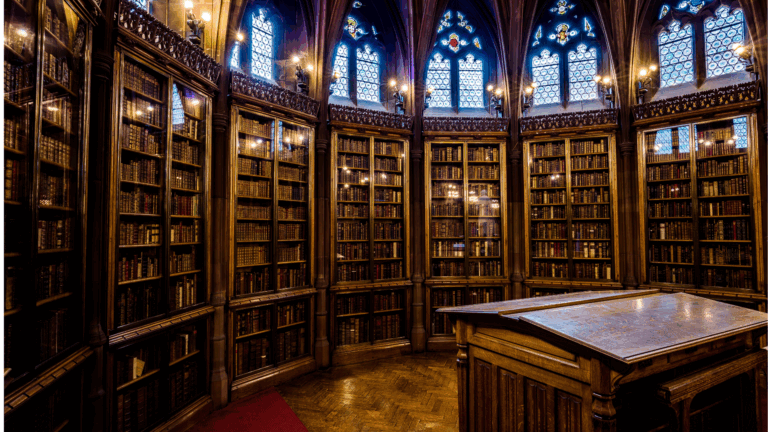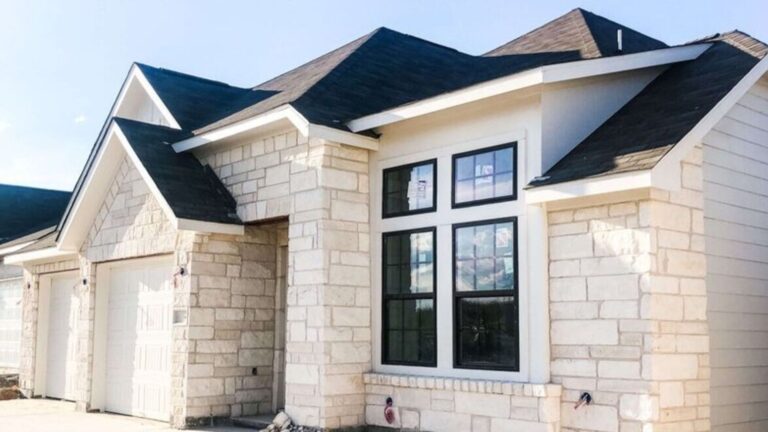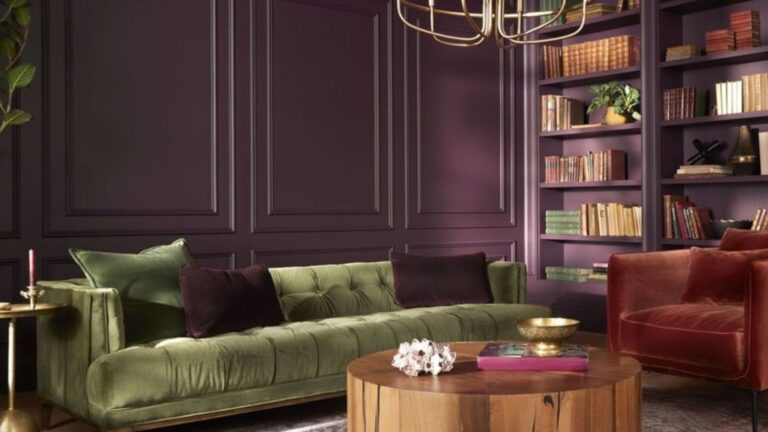How US Architecture Has Changed Over The Centuries
I’ve always been fascinated by the way buildings can tell a story, and in the US, that story is written in everything from hand-hewn beams to gleaming steel.
Our architecture doesn’t just shelter us, it reflects who we are and how we’ve changed. From cozy colonial homes to futuristic towers that seem to defy gravity, each shift in style captures a moment in time.
I’ve pulled together 15 architectural transformations that truly showcase America’s creativity and drive to innovate. If you’re a design lover or just curious about our built history, this walk through time is worth every step.
1. Colonial Simplicity To Federal Elegance
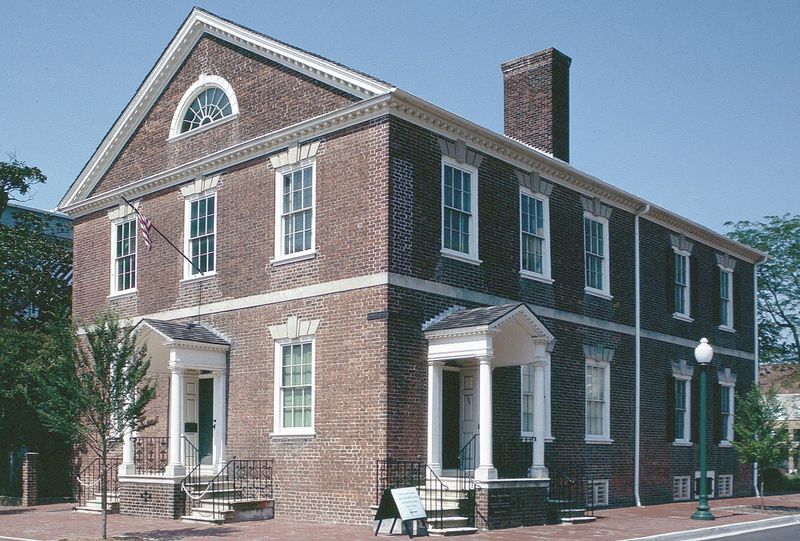
Early settlers built simple wooden structures with practical designs focused on survival. These no-nonsense buildings used local materials and construction methods brought from Europe.
By the late 1700s, a newly independent America developed the Federal style, incorporating symmetry and classical details.
The shift from purely functional colonial buildings to more decorated Federal homes reflected growing prosperity and national confidence.
2. From Hand-Crafted To Mass-Produced
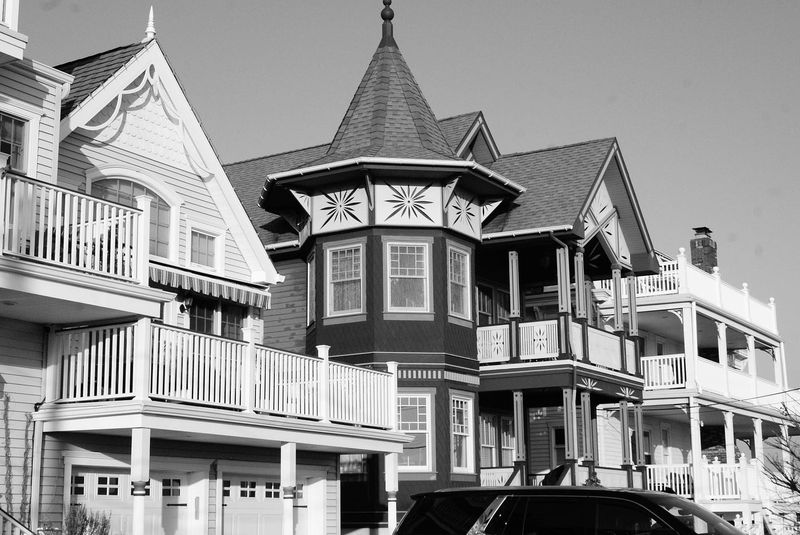
Craftsmen once shaped every architectural element by hand – from carved wooden details to wrought iron fixtures. Each building stood as a unique testament to human skill and local materials.
The Industrial Revolution changed everything! Suddenly, decorative elements could be mass-produced in factories. Ornate Victorian homes flaunted machine-made trimmings that would have taken artisans months to create by hand.
3. Log Cabins To Balloon Framing
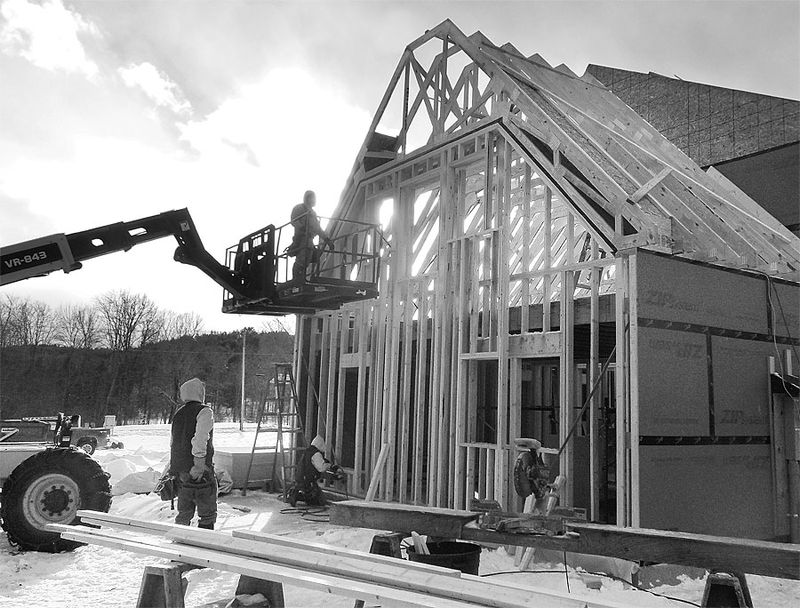
Pioneer families stacked hefty logs to create sturdy walls – a time-consuming process requiring significant manpower. These iconic structures symbolized frontier determination but limited building size and style.
The 1830s brought balloon framing – a revolutionary system using thin, factory-cut lumber nailed together. Suddenly one person could build what previously required many!
This innovation fueled America’s westward expansion, allowing settlers to quickly construct homes and towns across the expanding nation.
4. Skyscrapers Reaching For The Clouds
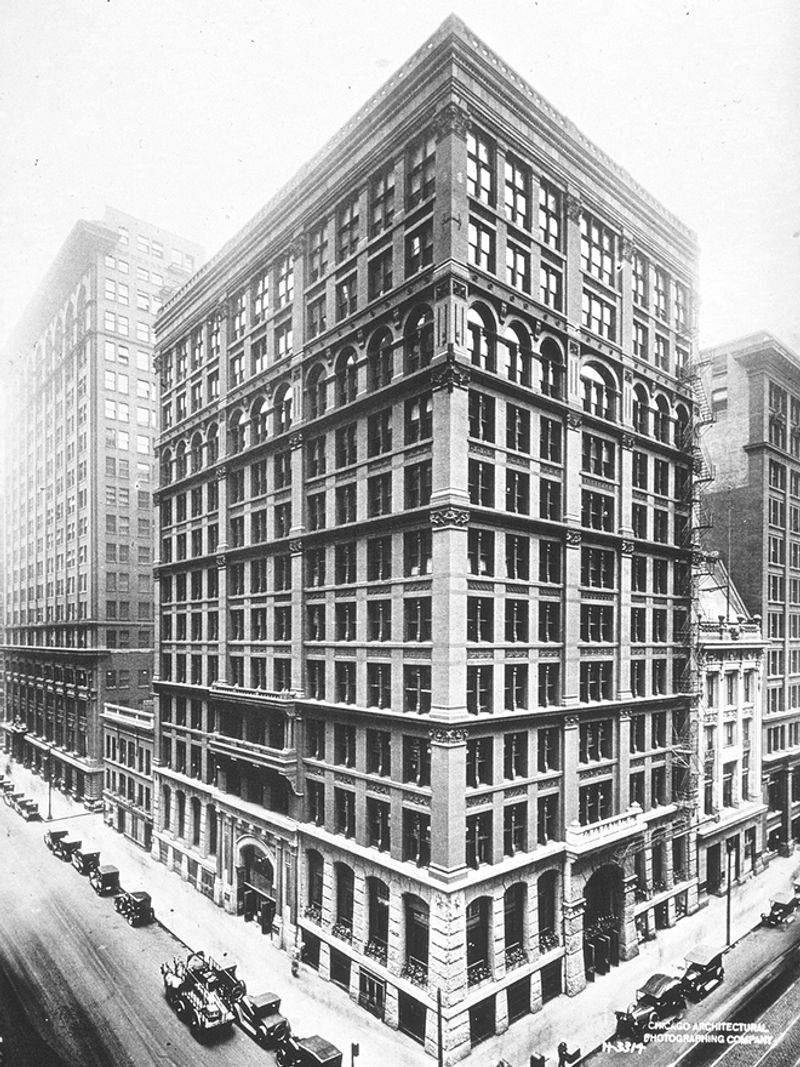
Before 1885, buildings rarely exceeded six stories because people didn’t want to climb so many stairs! The invention of safe passenger elevators changed architectural possibilities forever.
Chicago’s Home Insurance Building (1885) pioneered steel-frame construction, allowing structures to soar upward instead of relying on thick supporting walls.
This breakthrough birthed the American skyscraper – our distinctive contribution to world architecture.
5. Prairie Style Breaking Traditional Rules
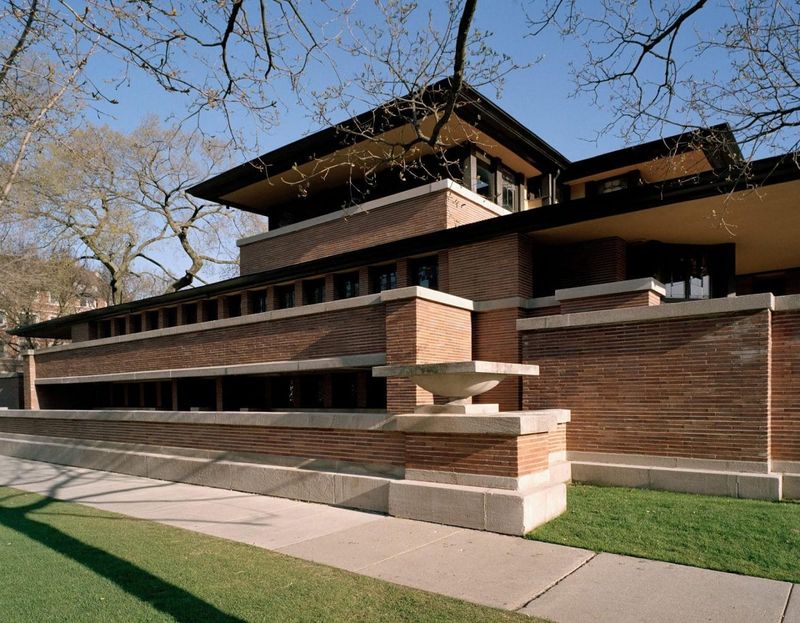
Frank Lloyd Wright flipped architecture on its head in the early 1900s with his Prairie School designs. Unlike the boxy Victorian homes with closed-off rooms, Wright created open floor plans that flowed naturally.
His horizontal lines, overhanging roofs, and integration with nature rejected European traditions. Wright famously declared, “No house should ever be on a hill… it should be of the hill,” emphasizing his belief that American buildings should embrace their landscape rather than dominate it.
6. Art Deco Glamour In The Roaring Twenties
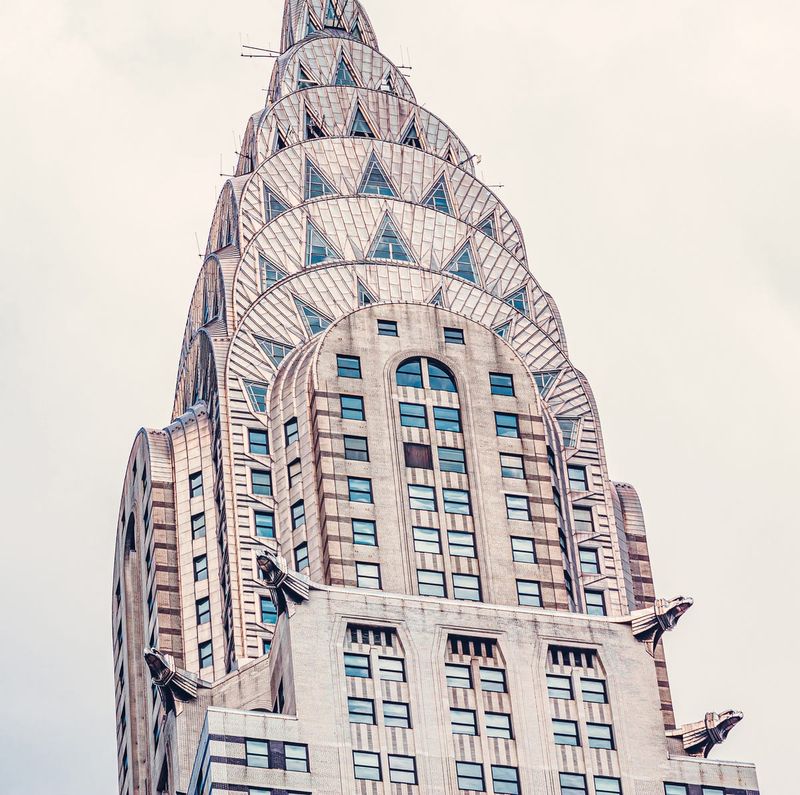
The 1920s roared with economic prosperity, and buildings dressed accordingly! Art Deco architecture brought flashy geometric patterns, bold colors, and luxurious materials to American skylines.
The Chrysler Building (1930) flaunted stainless steel eagle gargoyles and a dazzling spire that sparkled in the sun. This jazzy architectural style captured America’s optimistic spirit before the Great Depression hit.
7. Suburbia And The Ranch House Revolution

World War II ended with millions of returning soldiers needing affordable homes fast. Enter Levittown – America’s first mass-produced suburb featuring cookie-cutter houses built in assembly-line fashion.
The single-story ranch house became the poster child of postwar prosperity. These sprawling, car-friendly designs featured picture windows, attached garages, and open layouts perfect for modern family life and casual entertaining.
8. Modernism Stripping Away Decoration
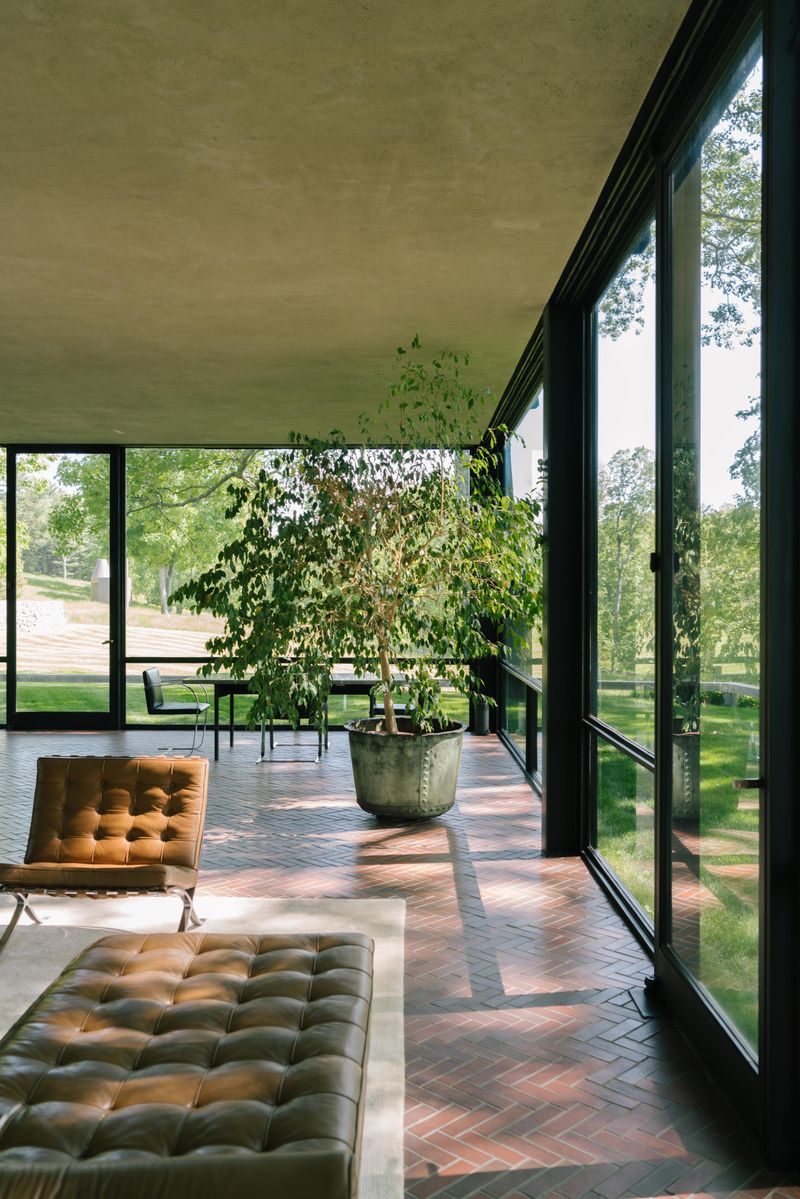
“Less is more” became the battle cry of mid-century architects like Mies van der Rohe. Gone were the frilly decorations of previous eras, replaced by clean lines, flat roofs, and walls of glass.
The Glass House (1949) by Philip Johnson exemplified this radical approach – a transparent box where walls virtually disappeared!
Modernist buildings celebrated industrial materials like concrete and steel, leaving them exposed rather than hidden.
9. Brutalism’s Bold Concrete Statements
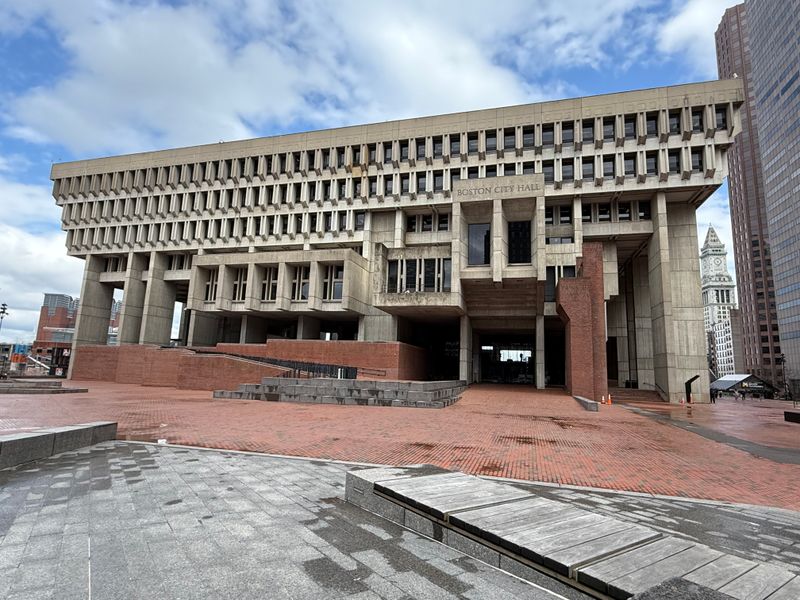
College campuses and government buildings during the 1960s-70s embraced Brutalism – a style featuring massive, fortress-like concrete structures with dramatic sculptural forms. The term comes from “béton brut” (raw concrete), not brutality!
Boston City Hall (1968) exemplifies this controversial style with its imposing concrete presence. While many find Brutalist buildings ugly, fans appreciate their honesty in expressing structural elements without prettification.
10. Postmodernism Playing With The Past
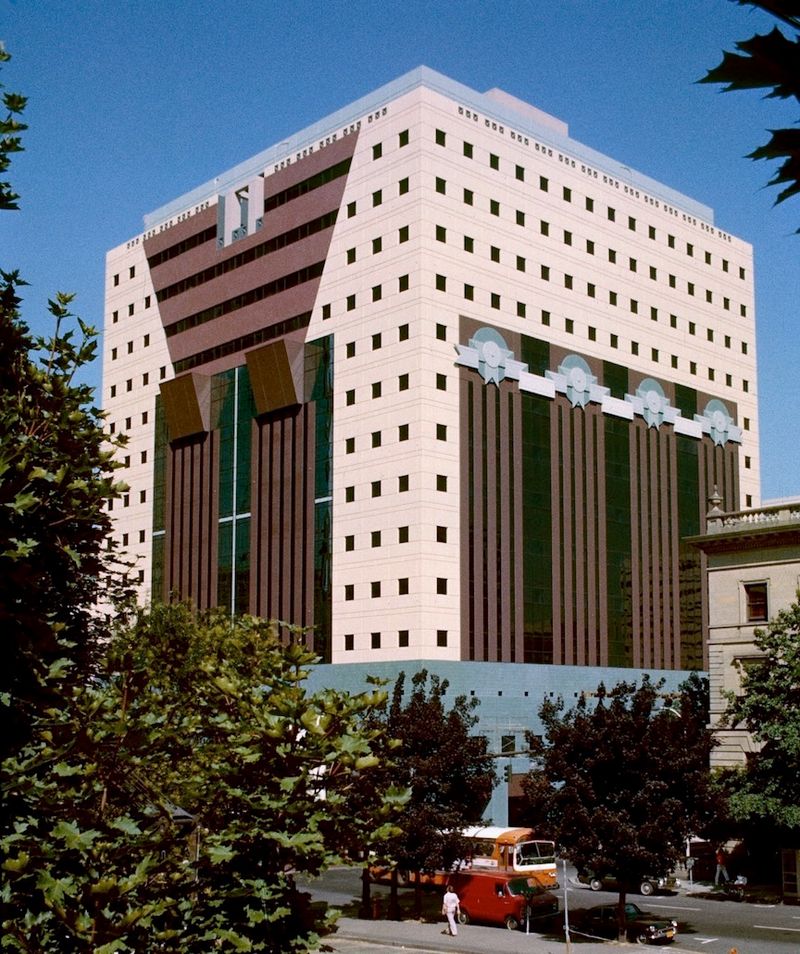
Architects in the 1980s rebelled against Modernism’s seriousness by creating playful buildings that winked at historical styles. Postmodern designs mixed classical columns with modern materials and added unexpected colors and shapes.
Michael Graves’ Portland Building (1982) sports decorative elements that seem almost cartoonish – including giant keystones and colorful facades. This movement celebrated humor, decoration, and complexity after decades of minimalist design.
11. Green Building For A Sustainable Future
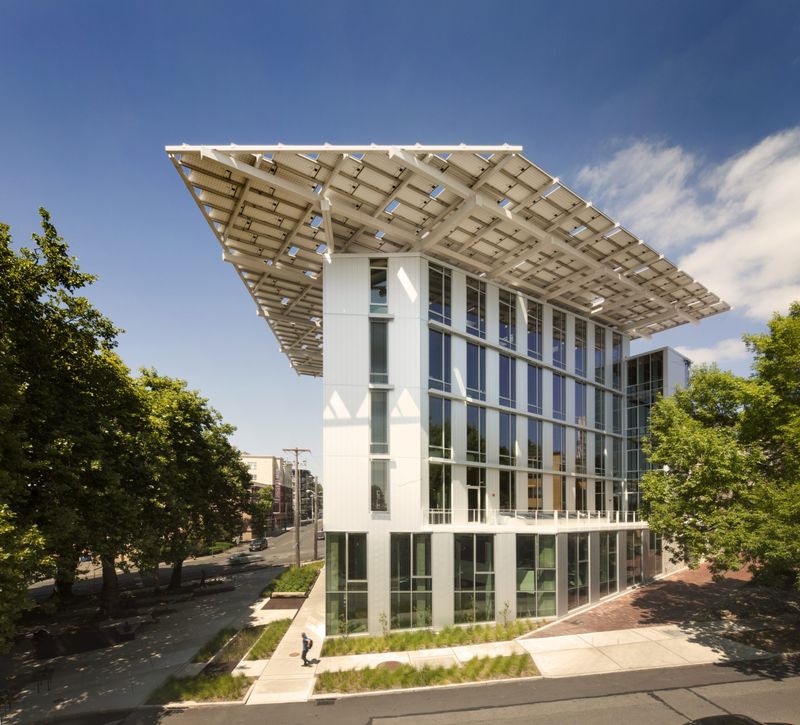
Modern American architecture has gone green! Buildings now incorporate solar panels, living roofs, and rainwater collection systems that would have seemed like science fiction to earlier generations.
The Bullitt Center in Seattle (2013) generates all its own energy and processes all its waste on-site. Called “the greenest commercial building in the world,” it represents a fundamental shift in how we think about architecture’s relationship with the environment.
12. Adaptive Reuse Breathing New Life
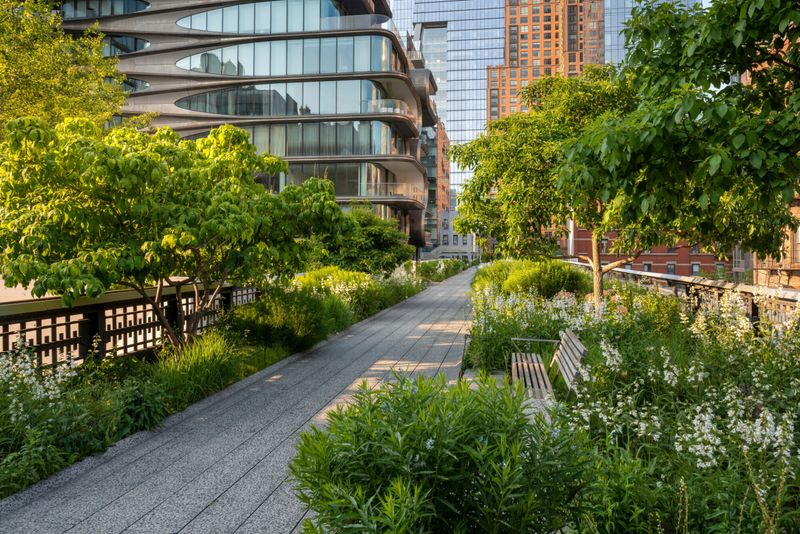
Why demolish when you can transform? Abandoned factories, warehouses, and power plants now enjoy second lives as trendy apartments, offices, and cultural spaces.
The High Line in NYC exemplifies this trend – an elevated railway track reborn as a public park. Similarly, San Francisco’s Ferry Building morphed from a neglected transportation hub into a gourmet marketplace.
This architectural recycling preserves historic character while reducing waste and revitalizing neighborhoods.
13. From Boxy Malls To Lifestyle Centers
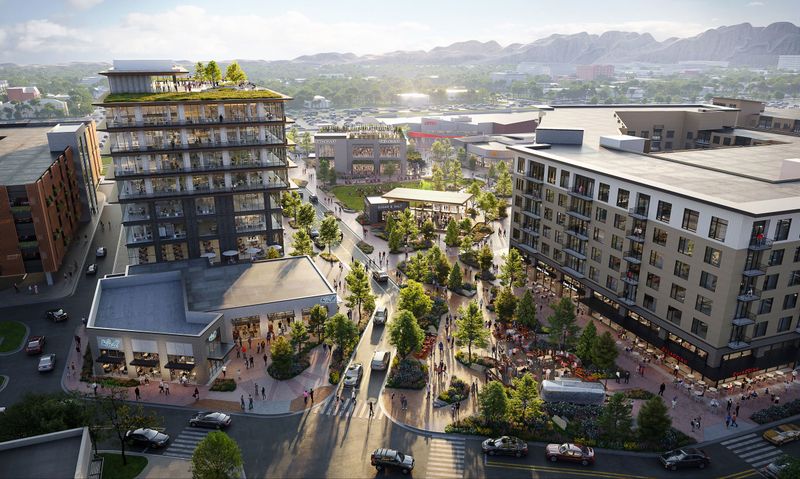
Remember those giant enclosed shopping malls surrounded by parking lots? That 1970s model is fading fast! Today’s commercial architecture favors open-air “lifestyle centers” that mimic traditional main streets.
These new developments integrate shopping, dining, housing, and entertainment in walkable environments. Fancy fountains, comfy seating, and green spaces encourage people to linger and socialize rather than just shop and leave.
14. Parametric Design Creating Impossible Shapes
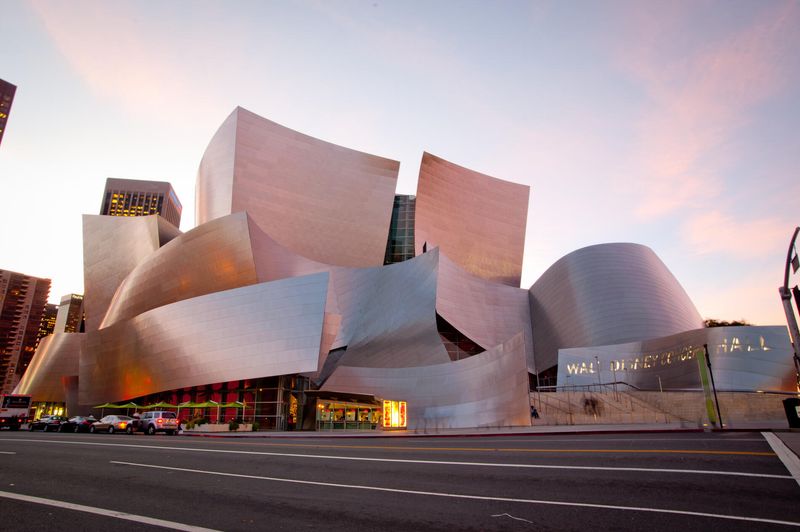
Computer technology has unleashed architectural forms that previous generations couldn’t even imagine! Parametric design uses algorithms to create complex, curving shapes that would be impossible to design or build with traditional methods.
The Walt Disney Concert Hall in Los Angeles, with its billowing stainless steel surfaces, looks like a ship with full sails frozen in metal. These futuristic buildings challenge our notions of what architecture can be.
15. Micro Housing Thinking Small
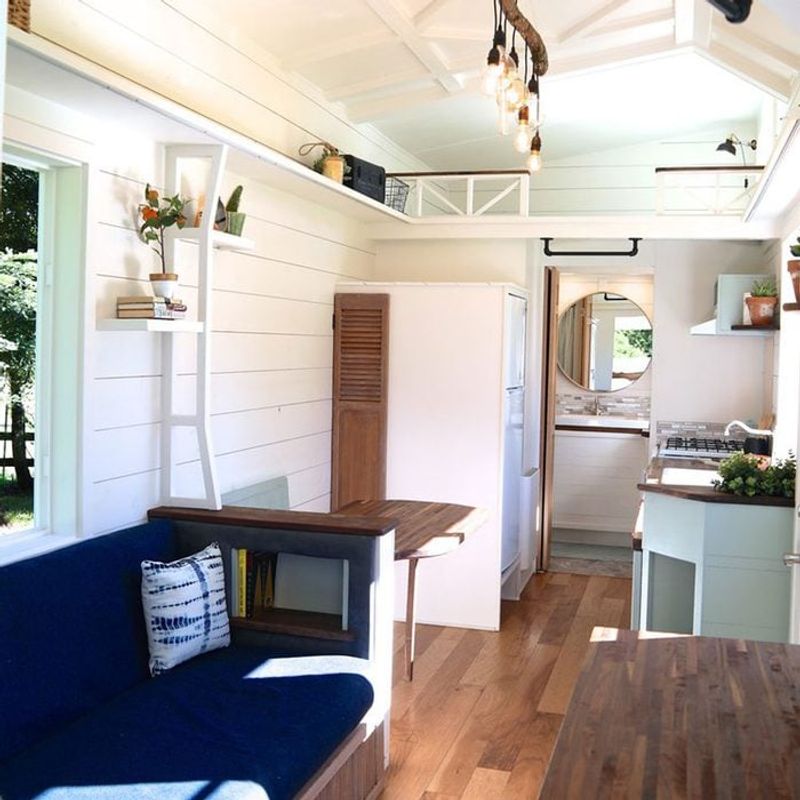
American homes have typically followed the “bigger is better” philosophy – until recently! Micro apartments and tiny houses now challenge our assumptions about necessary living space.
These compact dwellings (often under 400 square feet) use clever built-ins, multi-functional furniture, and efficient layouts to maximize every inch.
The tiny house movement represents a significant shift from McMansions toward simpler, more affordable, and environmentally conscious living.

